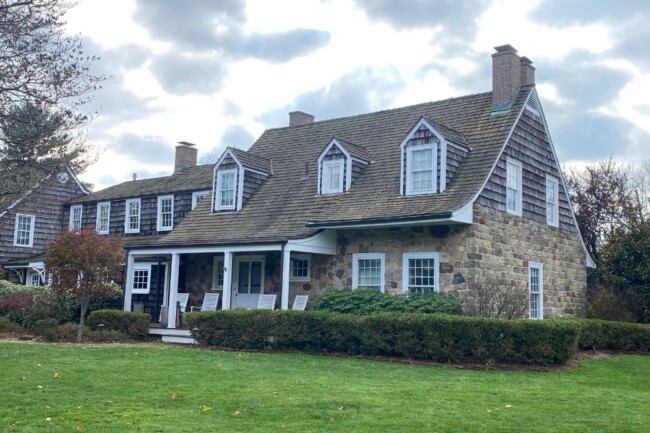Where would you find Jersey City’s oldest building? If you said Jersey City, think again! Here’s a hint: What NJ town has made national headlines for being the location of Netflix’s latest series, The Watcher? That’s right — Jersey City’s oldest building is in Westfield. Read more to find out the story behind Jersey City’s oldest building.
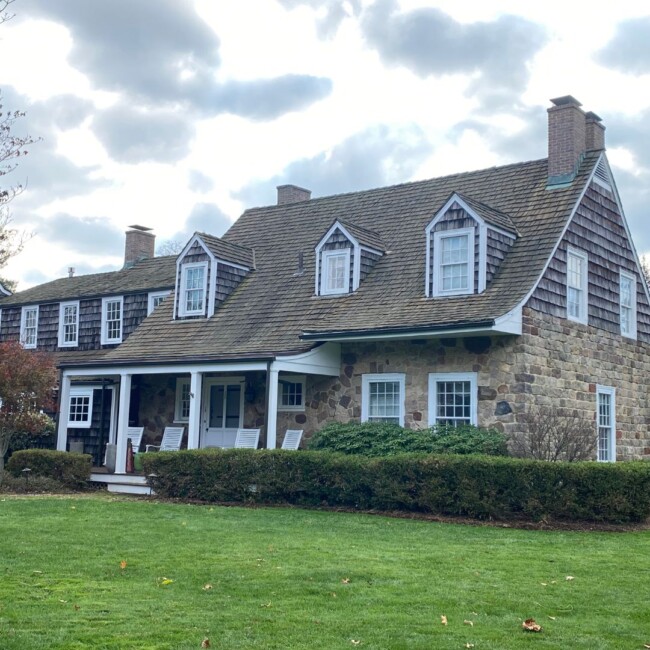
The Strange Tale of Jersey City’s Oldest Building
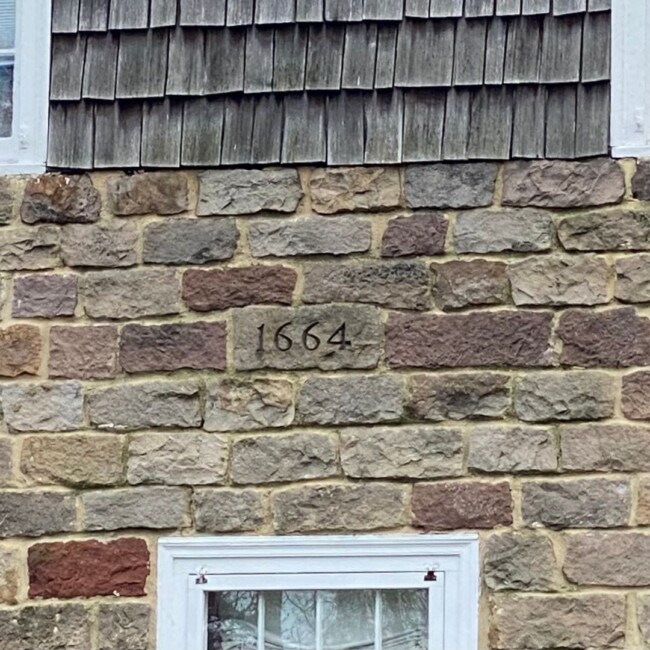
With Hudson County’s competitive housing market, we’ve all heard of someone stealing a condo from under someone’s nose. But how did Westfield actually take Jersey City’s oldest building? The house in question is Sip Manor, built in 1666, and has a long and storied past.
Read More: A Historical Walking Tour of Jersey City Heights
Sip Manor’s Colonial Roots
Sip Manor is the third oldest building in New Jersey, yet some consider it New Jersey’s oldest “home.” The Manor was originally located in Journal Square, at the intersection of Bergen Avenue and Academy Street — today called Bergen Square.

The Sip family was a founding family of the Dutch New Netherland colony, the village of Bergen, and their name still adorns today’s “Sip Avenue.”
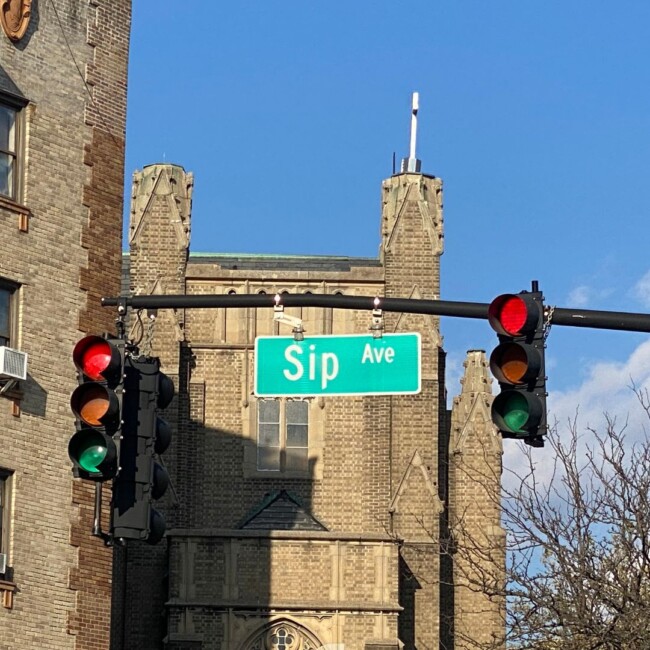
The Sips built their house under Dutch Colonial rule and the house features many Dutch characteristics: a steep, overhanging roof, small dormer windows, and a shingled roof. The first story is comprised of brick, but tunnel-like storage places in the bedrooms also served as shelter during reprisal attacks by Native Americans.
The American Revolution
New Jersey’s important location between the Patriot strongholds of Boston and Philadelphia led the British to concentrate forces in New York City, thereby making New Jersey a significantly contested battleground during the American Revolution.
Nowhere was this more evident than in Journal Square—what was then the small village of Bergen.
A traditional family, who barely spoke English (preferring Dutch), the Sips supported the British Tories during the American Revolution. Whereas the Van Wagenen “Apple Tree” House across the road was owned by patriots supporting the American Revolutionary cause.
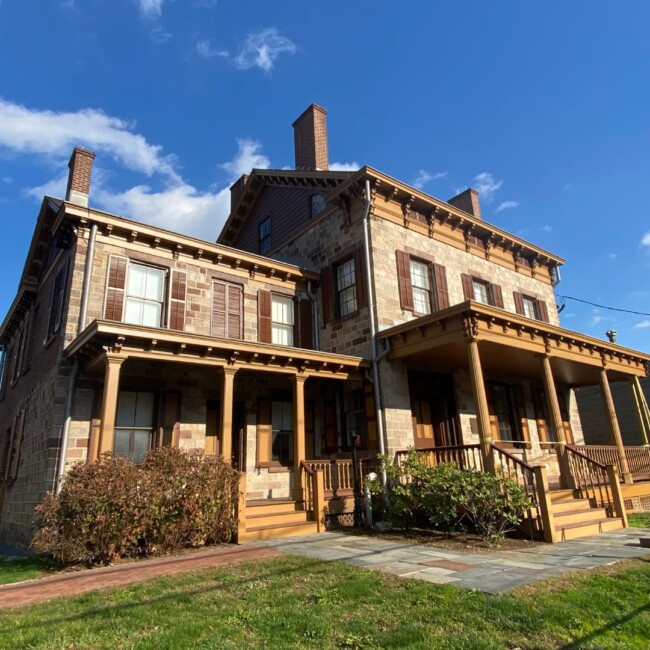
The British general, Lord Charles Cornwallis, came to the village of Bergen (current day Journal Square) in 1776, hot on the trail of George Washington. Cornwallis spent the night at Sip Manor. The next day, before he left, Cornwallis hanged 3 American spies at Bergen Square — on the branches of a willow tree within view of the Wan Wagenen “Apple Tree” House.

Why Move?
The future of the Sip House looked grim when renovations to Journal Square required the widening of Bergen Avenue. Jersey City’s Mayor, Frank Hague, was the nation’s most powerful political boss and deemed the house an encumbrance, but many city leaders protested the demolition of the local landmark.
Preservationists wanted to restore the building and move it to a different location to allow for urban expansion, but experts were afraid the building would fall apart.
In 1926, Arthur H. Rule bought the house and hired a New York architecture company to dismantle and rebuild the house in Westfield, at 5 Cherry Lane — where the building still stands today.
See More: All About George Washington’s Headquarters in Morristown
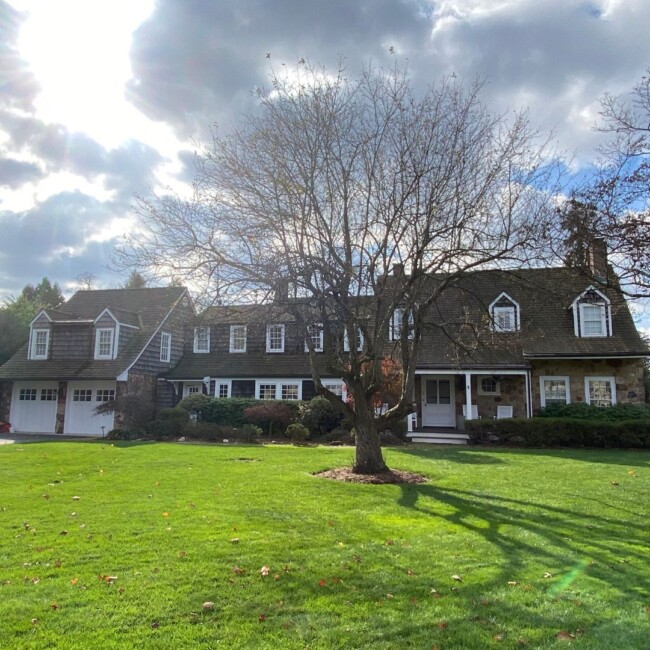
Interestingly, this was over a decade before John D. Rockefeller similarly reconstructed a medieval monastery on the tip of Manhattan to create the MET’s Cloisters museum. What was Jersey City’s loss became New Jersey’s gain, as one of the oldest houses endures today.

